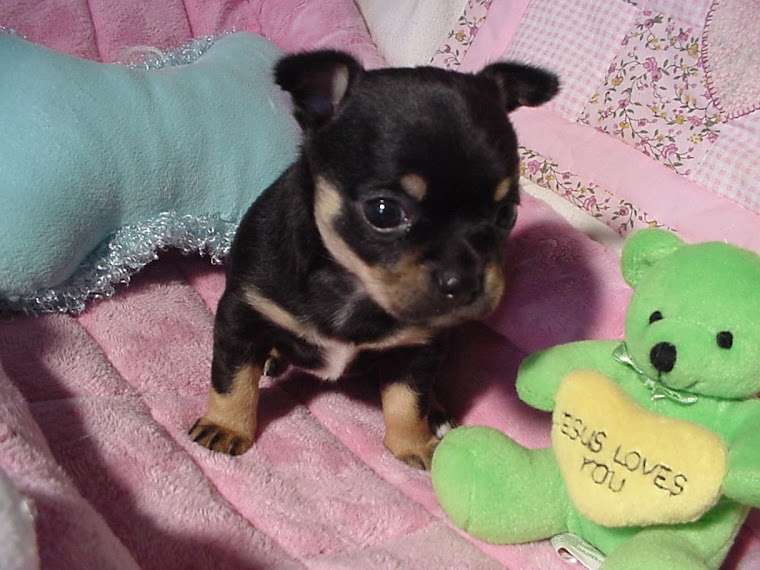
Ginny Dolls
Hard-plastic, vintage Ginny dolls from the late 1940s through the 1950s were favorite dolls of little girls, and today they are a hot, sought-after collectible. Although the doll lost her way in the late 1960s through the 1980s (much like Barbie!) today the dolls are again favored by little girls as well as collectors.
Ginny was created by the founder of the Vogue Doll Company, Jennie H. Graves, from Sommerville, MA. The business was originally a "cottage industry" business run out of Mrs. Graves house. She sold a variety of bisque, composition and hard plastic dolls through the 1930s and 1940s, for which Ms. Graves designed most of the clothing, In 1948, she decided to create an 8" plastic play doll, and Ginny was born!
One of the novel things about the new Ginny doll was that the clothing was available separately from the doll. The original Vogue dolls retailed for only $1.98, ready to dress in underwear and shoes, and outfits retailed from $1.00 to $2.98. Mrs. Graves designed most of the clothing, and the wonderful detailed outfits--including hats, purses, and snap-shoes--added immeasurably to the doll's popularity.
The doll remained hugely popular throughout the 1950s, and was carried by major department stores such as Gimbels. A succession of models were produced--first, a painted eye doll. Then, a strung sleep-eye doll. A straight leg walker followed, followed by a straight leg walker with molded (not painted) lashes, The final design of the doll before the head became vinyl was a Bent Knee Walker.
In 1960, Ginny was produced with a vinyl (not hard plastic) head, and many believe that to be the "beginning of the end" for Ginny.
Mrs. Graves daughter, Virginia Graves Carlson, took over the company until 1966. Besides the change to a vinyl head, The Vogue Doll Company also came up against two large problems in the 1960s. First, the philosophy of the company was to NOT advertise on TV. Second, there was Barbie, who was capturing the hearts and play time of little girls everywhere. So, Ginny's profile with little girls became smaller, and it became harder to compete with dolls such as Barbie who were all over the children's television airwaves. An interesting fact is that in 1958-1958, Ruth Handler of Mattel had negotiated with Mrs. Graves to buy Vogue! Negotiations were unsuccessful, but had they been successful, doll history might have changed and Barbie might never have even existed!
Control of the company went to Mrs. Carlson's brother-in-law, where it stayed until 1972, at which time the company was sold to Tonka Company which then produced the doll in Hong Kong (the fist time the doll wasn't produced in the USA). Several more management changes ensued, including a sale to Dakin n 1986. The quality of the doll design and costuming suffered during this period.
Finally, in 1995, well-known doll maker Wendy Lawton and several associates bought the rights to Ginny and the Vogue Dolls name, and Ginny as a quality doll was back! Wendy has been Ginny's design director ever since. The dolls became all hard-plastic again, and the costuming inspired by the original Graves designs of the 50s. The painting was revamped to look more like the original doll, as was the wigging. Many feel that the new company has recaptured the spirit and look of the original Ginny! Collections of the new Ginny have included a Century collection with dolls dressed to represent each century, as well as a School Days collection. Separate outfits are available, and these dolls have become very popular and admired once again--Ginny has come full circle!
Thank you for taking the time to read my Blog and for being part of my Life, God Bless You All.






No comments:
Post a Comment